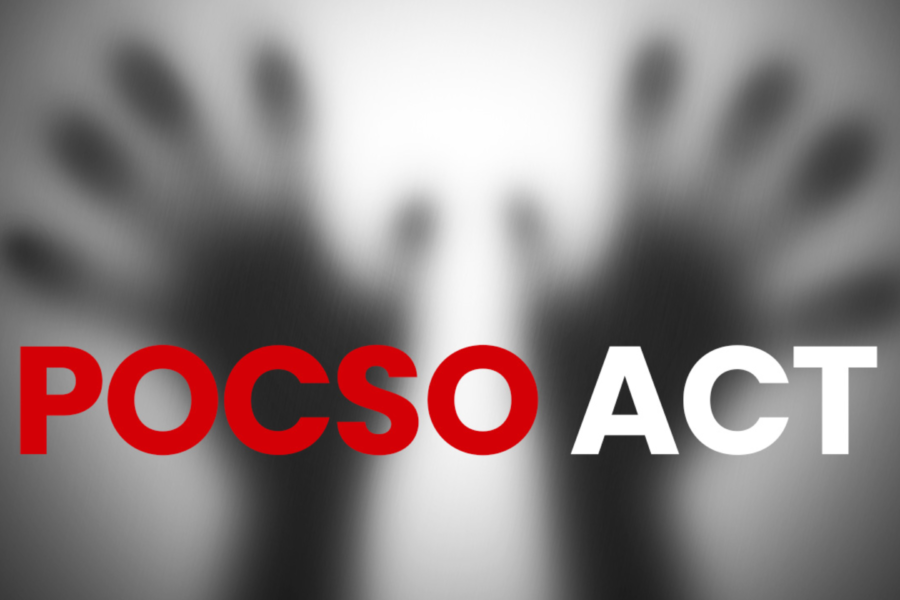Introduction
The Protection of Children from Sexual Offences (POCSO) Act of 2012 and Section 35 of the Indian Evidence Act of 1872 are two crucial legal provisions that intersect in cases involving child sexual abuse. While the POCSO Act addresses the protection of children from sexual offenses and includes provisions for determining the age of the victim, Section 35 of the Indian Evidence Act governs the admissibility and relevancy of admissions, including those concerning age. This article explores the relevance of these two legislative frameworks and their interplay in establishing the age of victims in cases of child sexual abuse, highlighting their importance in ensuring justice for the most vulnerable members of society.
Understanding the POCSO Act: Protecting Children from Sexual Offenses
The POCSO Act was enacted with the primary objective of providing a robust legal framework for the protection of children from sexual abuse and exploitation. It defines various sexual offenses against children and prescribes stringent penalties for offenders. Central to the effectiveness of the POCSO Act is the accurate determination of the age of the victim, as the Act applies specifically to individuals below the age of eighteen.
Key Provisions for Age Determination under the POCSO Act:
1. Birth Certificate: The Act recognizes a birth certificate issued by a competent authority as the primary evidence of a child’s age. It serves as conclusive proof of the date of birth and is often the most reliable method of establishing age.
2. Medical Examination: In cases where a birth certificate is unavailable or contested, medical examination techniques may be employed to assess the child’s age. These examinations include skeletal maturity assessment, dental examination, and radiological studies.
3. School Records: School enrollment records or other educational documents can also serve as evidence of age, especially when a birth certificate is unavailable.
4. Other Documentary Evidence: Any other documentary evidence indicating the child’s age, such as Aadhar card, passport, ration card, or any official government-issued identification, may be considered under the POCSO Act.
Challenges and Considerations:
Despite the existence of these provisions, challenges may arise in establishing the age of the victim under the POCSO Act:
– In cases where there is a lack of documentation or where the child’s age is contested, additional evidentiary hurdles may need to be overcome.
– Medical examinations for age determination may not always provide precise results and are subject to limitations.
Understanding Section 35 of the Indian Evidence Act: Admissions Concerning Age
Section 35 of the Indian Evidence Act pertains to admissions against interest, including statements concerning age. It holds that any admission made by a party concerning their age is relevant evidence and is binding on them, meaning they cannot later deny the accuracy of such statements.
Application in Age Determination:
1. Confessions or Statements: Admissions made by the defendant regarding the victim’s age can be used as evidence in court.
2. Documentary Evidence: Any documents produced by the accused or the victim that contain statements regarding age, such as chat logs, messages, or social media profiles, can be admitted under Section 35.
3. Witness Testimony: Statements made by witnesses or individuals acquainted with the victim’s age may also be considered under Section 35.
Relevance and Interplay between the POCSO Act and Section 35:
The POCSO Act and Section 35 of the Indian Evidence Act are highly relevant to each other in cases involving child sexual abuse:
– The POCSO Act provides specific mechanisms for determining the age of the victim, while Section 35 governs the admissibility of admissions concerning age.
– Admissions concerning age, governed by Section 35, can corroborate or supplement the methods of age determination outlined in the POCSO Act.
– Conversely, the accuracy and reliability of age determination under the POCSO Act may be supported or challenged by admissions made under Section 35.
Conclusion
In cases of child sexual abuse, establishing the age of the victim is crucial for prosecuting offenders and ensuring justice. The POCSO Act and Section 35 of the Indian Evidence Act play complementary roles in this process, providing mechanisms for age determination and governing the admissibility of relevant evidence. By considering all available evidence, including admissions concerning age, the legal system can effectively protect the rights of child victims and hold offenders accountable for their actions.

